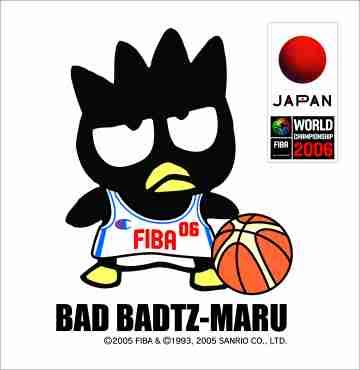tiny GPS, plant phage in poo, Bonobo signposts, Vibrant barrio, toxic GM
tiny GPS, plant phage in poo, Bonobo signposts, Vibrant barrio, toxic GM

engadget
the world's smallest GPS receiver, which was developed by New Zealand-based Rakon, a company affiliated with GPS-make Navman
________________________________________________________
newscientist
[get your New Sci logon from www.bugmenot.com]
modern genomics, it is now possible to screen faecal samples directly for whatever viral genes they may contain. ..2003 to look for viruses with DNA genomes, most of the genes he found were either from completely novel viruses or from phages..
..screened faeces for viruses with genomes made from RNA..97 per cent of the sequences they recovered came from viruses that infect plants..
The viruses present varied from person to person, and between samples taken from the same person at different times. Of the 35 plant viruses Ruan and Rohwer detected, 24 were known crop pathogens.
..using human faeces or sewage sludge as fertiliser could spread crop disease. Ordinary composting doesn't kill viruses such as PMMV.."I would not expect the viruses to be replicating.." says Blaut.
VIRUS grows outside Cell???naturalhistorymag Acidianus two-tailed virus, or ATV, is a bit more autonomous. The virus grows inside a member of the diverse and largely unexamined group of microorganisms called Archaea. ATV destroys its host cell after it has reproduced; once outside in the harsh spring water, it sprouts two tails all by itself.
Bonobos use symbols as signposts cnn
..she noticed that whenever a trail crossed another trail, the lead group would stamp down vegetation or rip off large leaves and place them carefully.
"What they are doing is leaving little notes in the vegetation," she said. "Those notes are signals about where they are going to go."
Savage-Rumbaugh said the plants were disturbed only at the junctions of trails and it was clear that the lead group was leaving markers for those who followed.
..In muddy areas where footprints were obvious, no plants were disturbed. When a tree trunk crossed the path, there were smashed plants in front and behind. If plants were disturbed only in front of the trunk, the animals then walked on top of the trunk, following it to another trail, she said.
"These cues are not left at arbitrary points, but rather at locations where the trails split or cross and where an individual following might be confused as to the correct direction to take," she said.
When all the members of the band travel together, the trail markings are absent, said Savage-Rumbaugh.
To prove her discovery, Savage-Rumbaugh said she twice followed the trail signs far behind groups of the apes. At the end of each day, she found her way to the reassembled band's new nesting trees.
Over 110 species of brightly colored harlequin frogs, in the genus Atelopus, once lived near streams in the American tropics, but about two-thirds of them have vanished since the 1980's.
Implicated in many of those vanishings, as well as amphibian die-offs around the world, is a chytrid fungus that grows on amphibian skin
globalguerrillas
The perpetual collapse of Iraq brings up an important philosophical debate. Is the state an ascendent or descendent institution? Let's dive into this:
If the state (and the state system in aggregate) is still a thriving institution, historical forces will conspire to drive the creation of states. States will spontaneously re-emerge if disrupted. Further, actions taken (read: invasions and regime change) against states will result in temporary chaos followed by easy and rapid stability. If the state system is in decline (ala Martin van Creveld), states will find it increasingly difficult to maintain financial viability, deliver critical services to citizens, control their borders and economy, and maintain a monopoly on violence. States that are disrupted will find it difficult, if not impossible, to re-establish order and functionality.
worldchanging
Squatter cities in the developing world were another example, with the view that squatter cities are what a population getting out of poverty ASAP looks like: self-constructed, and self-organizing, and vibrant.
The Barrio: I cant decide if 'vibrant ' is the word. Alive is certainly one word for it.
commondreamsGM toxic: Russian scientists added flour made from a GM soya to the diet of female rats two weeks before mating them, and continued feeding it to them during pregnancy, birth and nursing. Others were give non-GM soya or none at all. Six times as many of the offspring of those fed the modified soya were severely underweight compared to those born to the rats given normal diets. Within three weeks, 55.6 per cent of the young of the mothers given the modified soya died, against 9 per cent of the offspring of those fed the conventional soya.
tiny GPS plant phage in poo Bonobo signposts Vibrant barrio toxic GM



 spinning boxes
spinning boxes












